
The Ministry of Agriculture and Environment has officially sought opinions on the draft Law amending and supplementing a number of articles of the 2024 Land Law - Photo: NGOC HIEN
A source from Tuoi Tre Online on July 28 said that the Ministry of Agriculture and Environment has sent a draft law amending and supplementing a number of articles of the 2024 Land Law and a report on this draft law to a number of units to ask for comments.
Why should the 2024 Land Law be amended?
In the draft Law on amending and supplementing a number of articles of the Land Law, the Ministry of Agriculture and Environment stated that after one year of implementation, besides the results achieved, there are still many problems that need to be further studied and revised.
Specifically, the current planning and land use planning system is not suitable for the two-level local government organization model.
Requiring annual land use planning at the district level increases procedures, prolongs land access time, and delays land use.
The 2024 Land Law allows places with urban and rural planning to not need to establish separate land use planning, but to use this planning for management.
However, in reality, the coverage rate of urban and rural planning is still low. In many places, planning does not cover the entire administrative boundary, so even though there is planning, the locality still has to establish additional land use planning, causing overlap and waste.
According to the Ministry of Agriculture and Environment, land allocation and leasing are currently mainly carried out through land use rights auctions or bidding to select investors.
However, this process depends on the order and procedures of the law on auctions and bidding, so it takes a lot of preparation time.
Meanwhile, in many cases, investors with sufficient capacity are still not selected, causing project progress to be prolonged, land to be put into use slowly, affecting investment attraction.
In addition, large-scale projects with mixed functions and high technical requirements, which play a role in promoting local or regional development, need investors with outstanding capacity.
However, the current bidding mechanism makes the implementation process prolonged and may not select investors who truly meet the expected requirements.
In addition, the Ministry of Agriculture and Environment believes that the regulation requiring auctions of land use rights for surplus headquarters and working facilities, land recovered from equitization and divestment of state-owned enterprises to serve economic development (including cases of exemption or reduction of land use or land rent) prolongs the time, increases procedures and compliance costs.
This is especially difficult for projects in the investment incentive list that need to use the above land fund in the context of implementing the 2-level local government model and merging administrative units, central and local agencies.
Amending a series of regulations on land recovery, land allocation and land valuation
The Ministry of Agriculture and Environment believes that there are currently no regulations on land recovery to implement projects with special requirements on investment locations, urgent and urgent projects serving political and foreign affairs tasks (such as projects serving APEC), projects in free trade zones, international financial centers, logistics projects...
The Ministry also pointed out a number of problems in land acquisition, compensation and resettlement that need to be amended in the law.
In particular, on the issue of land prices, the ministry believes that the State - in its role as representative of land owners - needs to exercise the right to control and decide on land prices.
Specifically, in the primary market (land allocation, leasing, change of land use purpose, recognition of land use rights), land prices are decided by the State, regardless of consultation results.
In the secondary market (transfer, lease, mortgage, capital contribution using land use rights), land prices are agreed upon by the parties according to civil law; the State controls mainly through planning, financial instruments, spatial orientation and infrastructure.
However, according to current regulations, the State's land valuation in the primary market depends on secondary land prices and the results of consulting units, while determining specific land prices still faces many difficulties.
The reason is that many factors must be considered, the valuation results are inconsistent, and do not reflect the true nature of land prices in both primary and secondary markets.
This has not fully promoted the State's decisive role in regulating land prices, affecting the progress of land access and investment project implementation, even increasing costs and affecting investors' rights.
Determining specific land prices, especially when applying the surplus method to land plots and land areas to implement investment projects of organizations, also has many shortcomings.
This method depends on the availability of information, transfer price, rental price, type and form of business.
Meanwhile, the land use rights market often fluctuates, even increases suddenly, and is unstable. Determining the level of fluctuation is mainly based on past data, which does not accurately reflect the actual added value of land in the future.
Therefore, the Ministry of Agriculture and Environment believes that if this method continues to be used to manage land prices, the prices decided by the State will depend on and follow market fluctuations.
In addition, there are opinions that the regulation requiring the application of specific land prices when the State allocates land to investment organizations is exploitative, causing time to be prolonged, costs to increase, reducing competitiveness and affecting investment attraction in the locality.
Besides, the risks in determining specific land prices also cause fear and apprehension among some officials and related agencies, slowing down the process of determining land prices and affecting the progress of investment project implementation.
Source: https://tuoitre.vn/chinh-thuc-lay-y-kien-sua-luat-dat-dai-2024-sau-1-nam-thuc-thi-vi-sao-phai-sua-20250728215103237.htm




![[Photo] Prime Minister Pham Minh Chinh chairs the second meeting of the Steering Committee on private economic development.](https://vphoto.vietnam.vn/thumb/1200x675/vietnam/resource/IMAGE/2025/11/01/1762006716873_dsc-9145-jpg.webp)





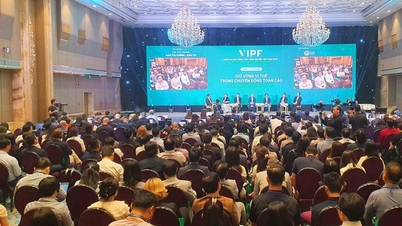




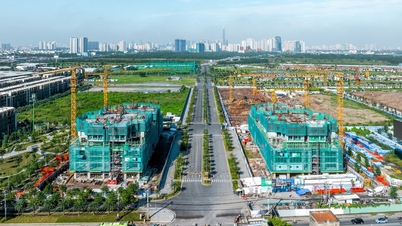
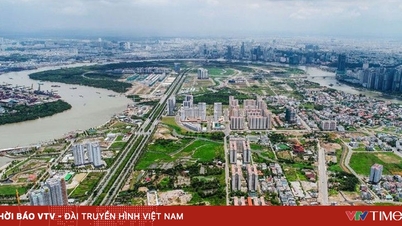




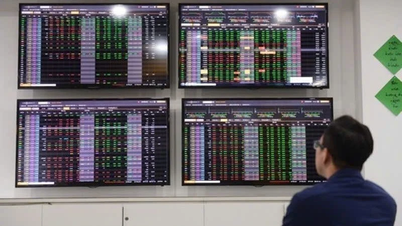











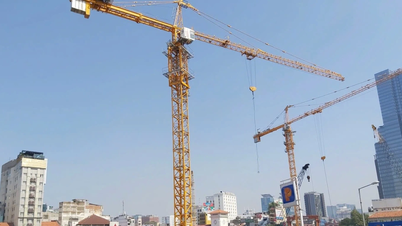






















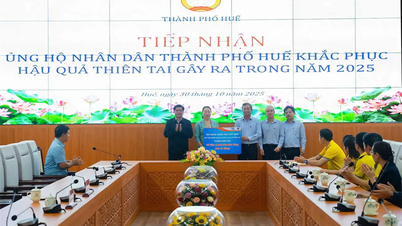

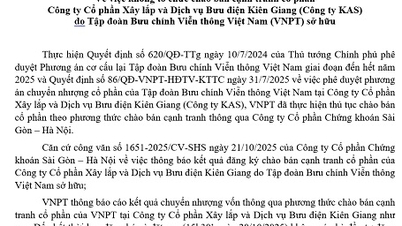













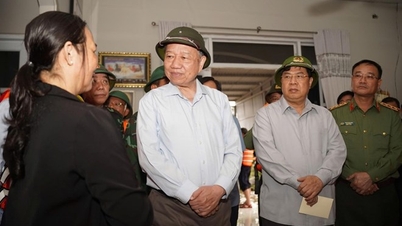





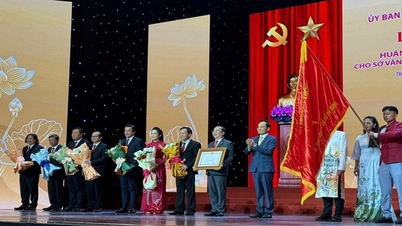
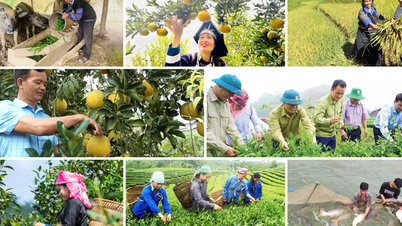








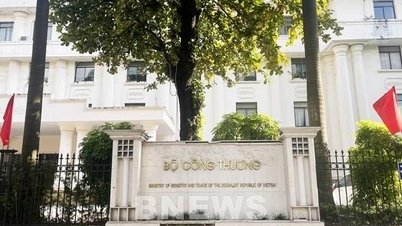










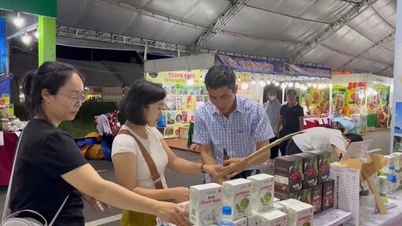

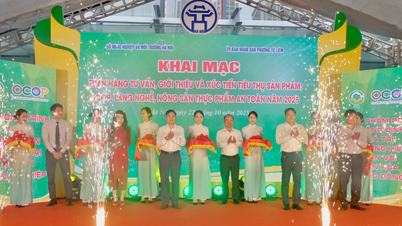

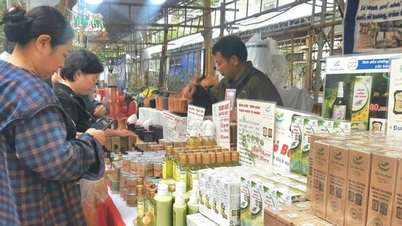



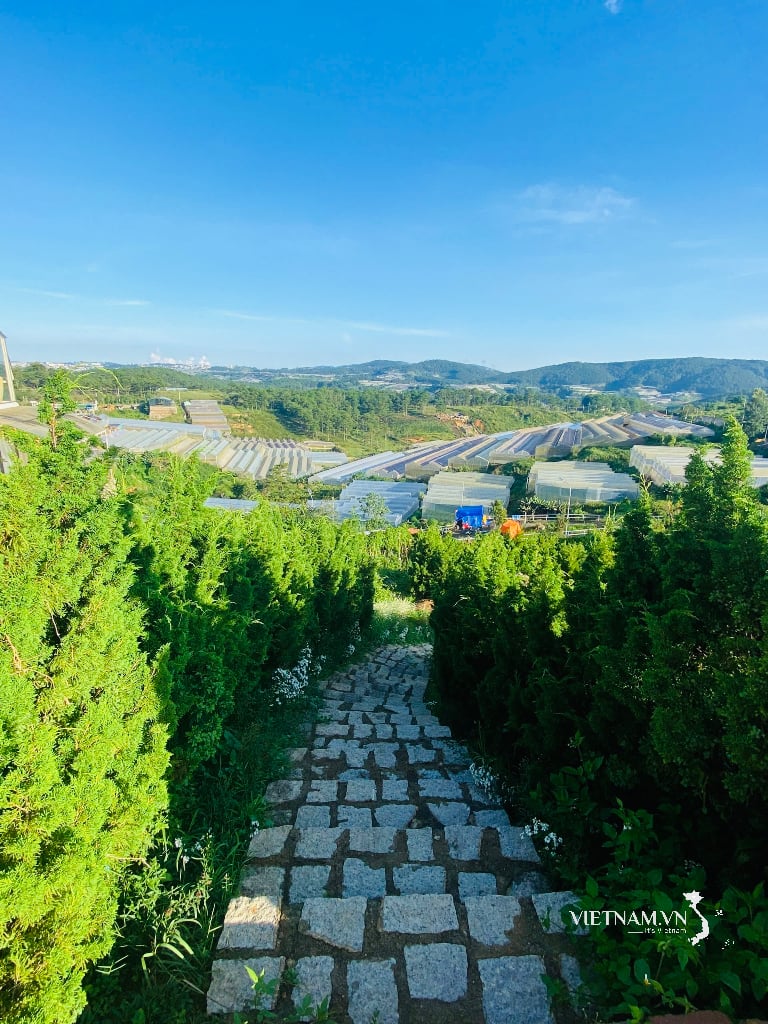

Comment (0)